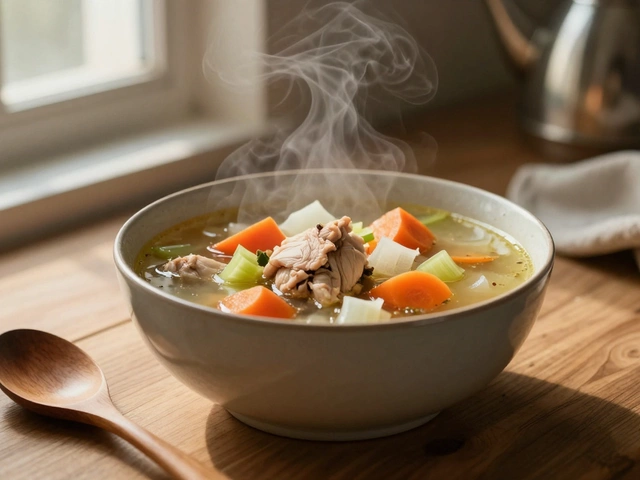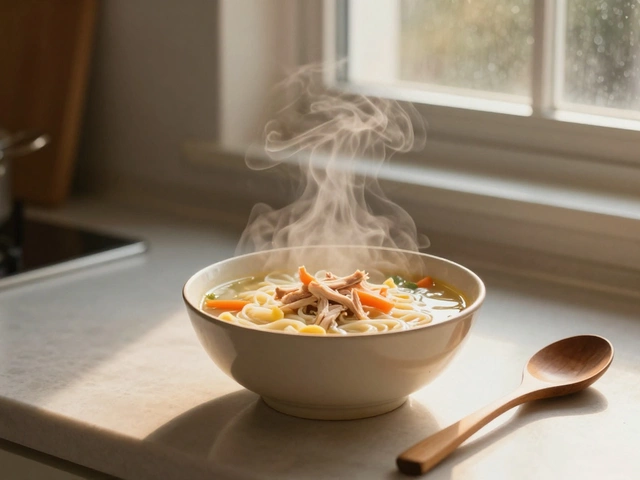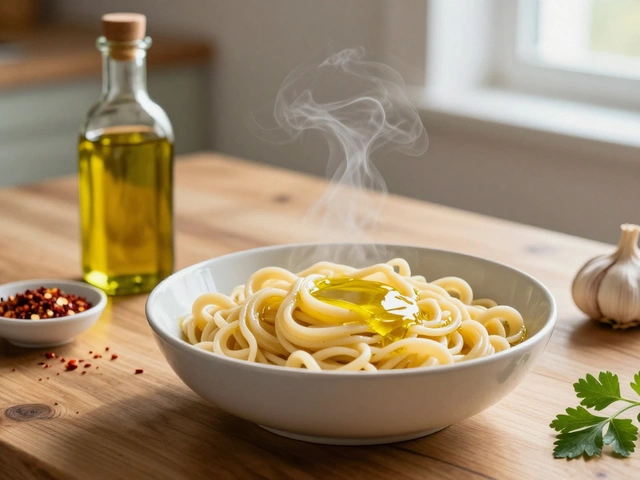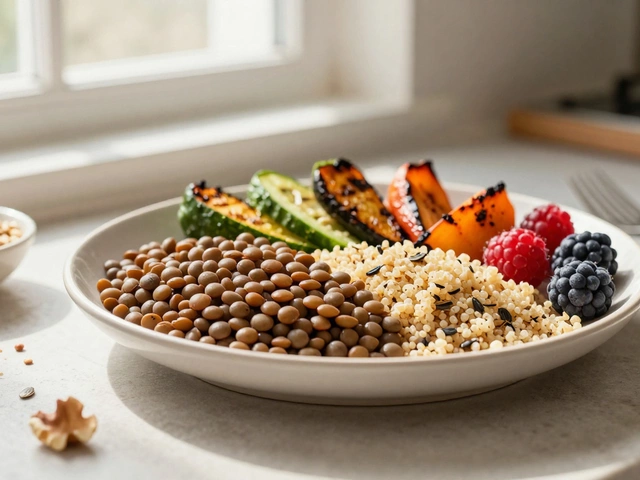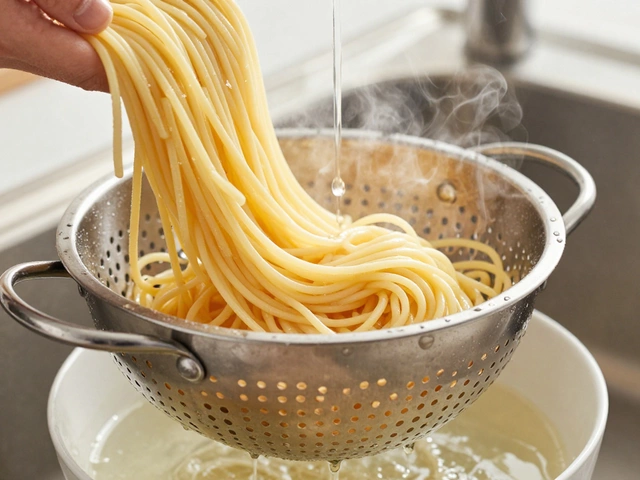Basic Foods – Simple Recipes & Budget Meal Ideas
When you look at your kitchen, the things you already have are the best place to start cooking. Basic foods like rice, beans, pasta, and seasonal veggies can turn into tasty meals without blowing your budget. Below you’ll find straightforward tips, a few go‑to recipes, and ideas to stretch those pantry staples further.
Why basic foods matter
Basic foods are cheap, shelf‑stable, and easy to combine. They give you flexibility – you can swap a protein, add a spice, or change the cooking method and still end up with something satisfying. Because they’re versatile, you waste less, and you avoid the last‑minute grocery run that often adds extra cost.
Another plus is nutrition. A bowl of beans or lentils packs protein, fiber, and minerals. Pair that with a handful of frozen veggies, and you have a balanced plate with little effort. The trick is to keep a small core of staples on hand and rotate the flavors you use.
Top budget‑friendly recipes
1. One‑pot tomato rice: Sauté a diced onion and a clove of garlic in a splash of oil. Add a cup of rice, a can of chopped tomatoes, a cup of water, and a pinch of salt. Cover and simmer for 15‑20 minutes. Stir in frozen peas at the end for a pop of color.
2. Chickpea stir‑fry: Rinse a can of chickpeas and set aside. Heat oil, toss in mixed frozen veggies, and stir for a few minutes. Add the chickpeas, a splash of soy sauce, and a dash of cumin. Cook until everything is hot, then serve over leftover rice.
3. Simple pasta aglio e olio: Cook spaghetti until al dente. In a pan, heat olive oil, add thinly sliced garlic, and a pinch of red pepper flakes. Toss the pasta in the oil, finish with chopped parsley and a squeeze of lemon. It’s quick, cheap, and comforting.
These dishes share a few common steps: start with aromatics (onion, garlic), add your staple (rice, beans, pasta), then finish with a sauce or seasoning. When you master that pattern, you can improvise endlessly.
Want to stretch meals even more? Cook a big batch of beans or lentils at the start of the week. Store them in the fridge and pull them into salads, soups, or wraps whenever you need a protein boost. Freeze leftovers in portion‑size bags – they defrost quickly and save you a future cooking session.
Now, think about flavor boosters you already own: dried herbs, spices, a splash of vinegar, or a spoonful of peanut butter. A little goes a long way and turns a plain bowl into something exciting. Keep a small “flavor kit” of your favorite seasonings and rotate them weekly to keep meals fresh.
Finally, don’t forget the power of planning. Write down the basic foods you have, then sketch a simple menu for the week. When you shop, stick to the list and avoid impulse buys. You’ll see the grocery bill shrink and your fridge stay organized.
Basic foods don’t have to be boring. With a few easy tricks, you can create meals that are cheap, tasty, and nutritious. Grab what you have, follow a simple recipe, and enjoy the satisfaction of cooking without overspending.
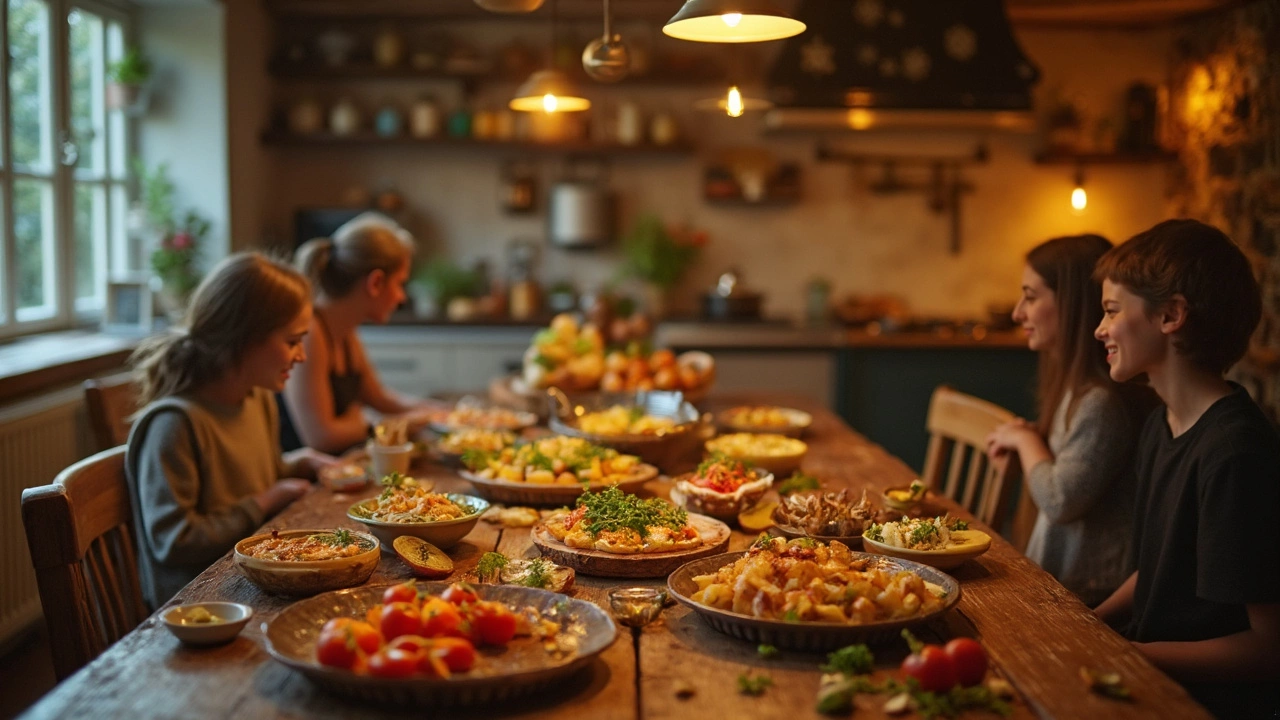
Top 5 Basic Foods for Easy Dinner Recipes
by Landon Weathers / 7 Mar 2025Discover the top 5 basic foods that can transform your dinners into delightful meals with minimal effort. These staples are not only versatile but also budget-friendly, making them perfect for quick and easy recipes. Learn how to use these ingredients creatively to impress even the pickiest of eaters. Whether you're a cooking novice or a seasoned chef, these basic foods can elevate your culinary game. Get ready to revolutionize your dinner routine one meal at a time.
